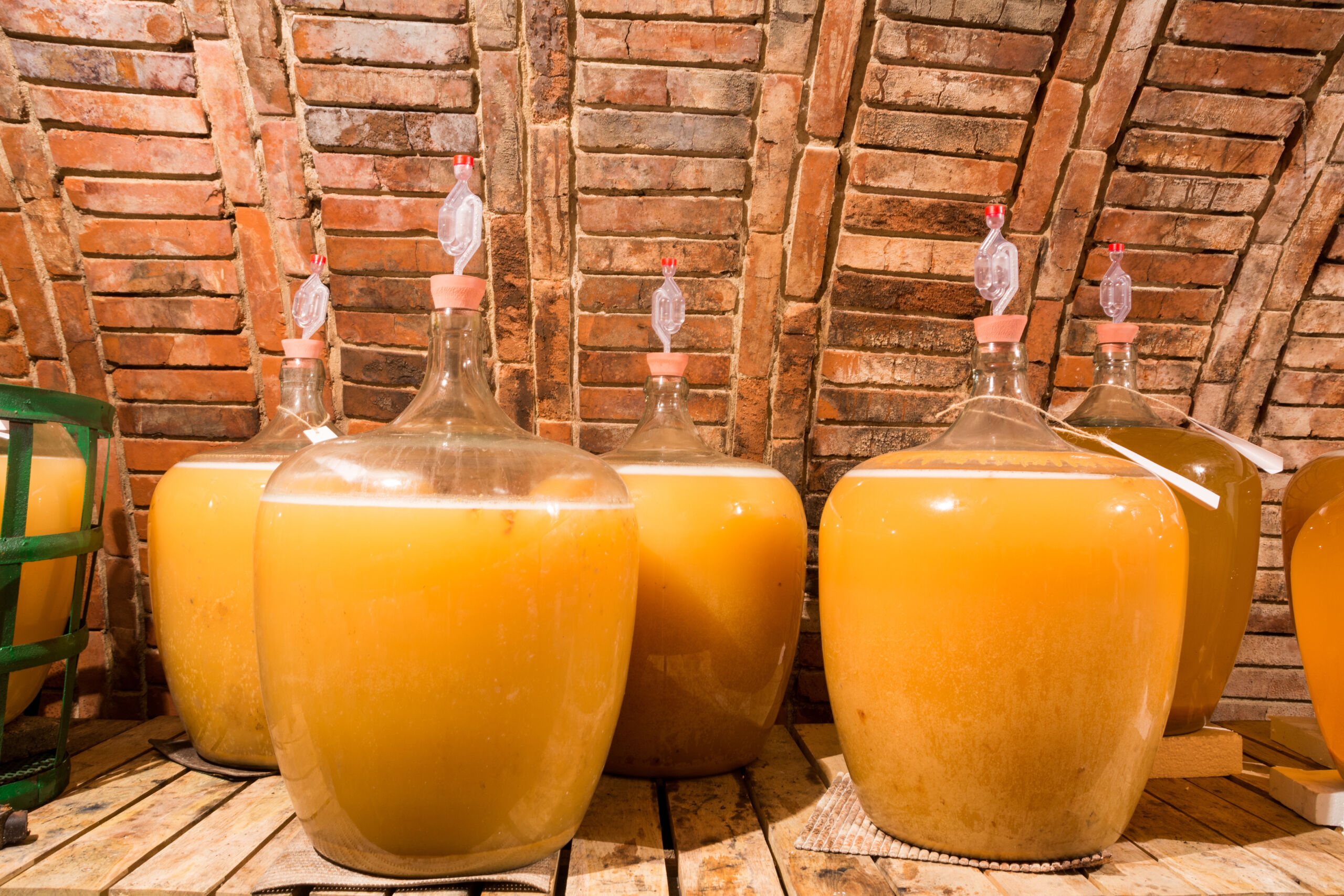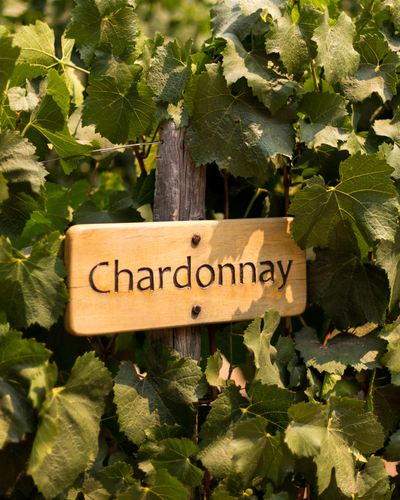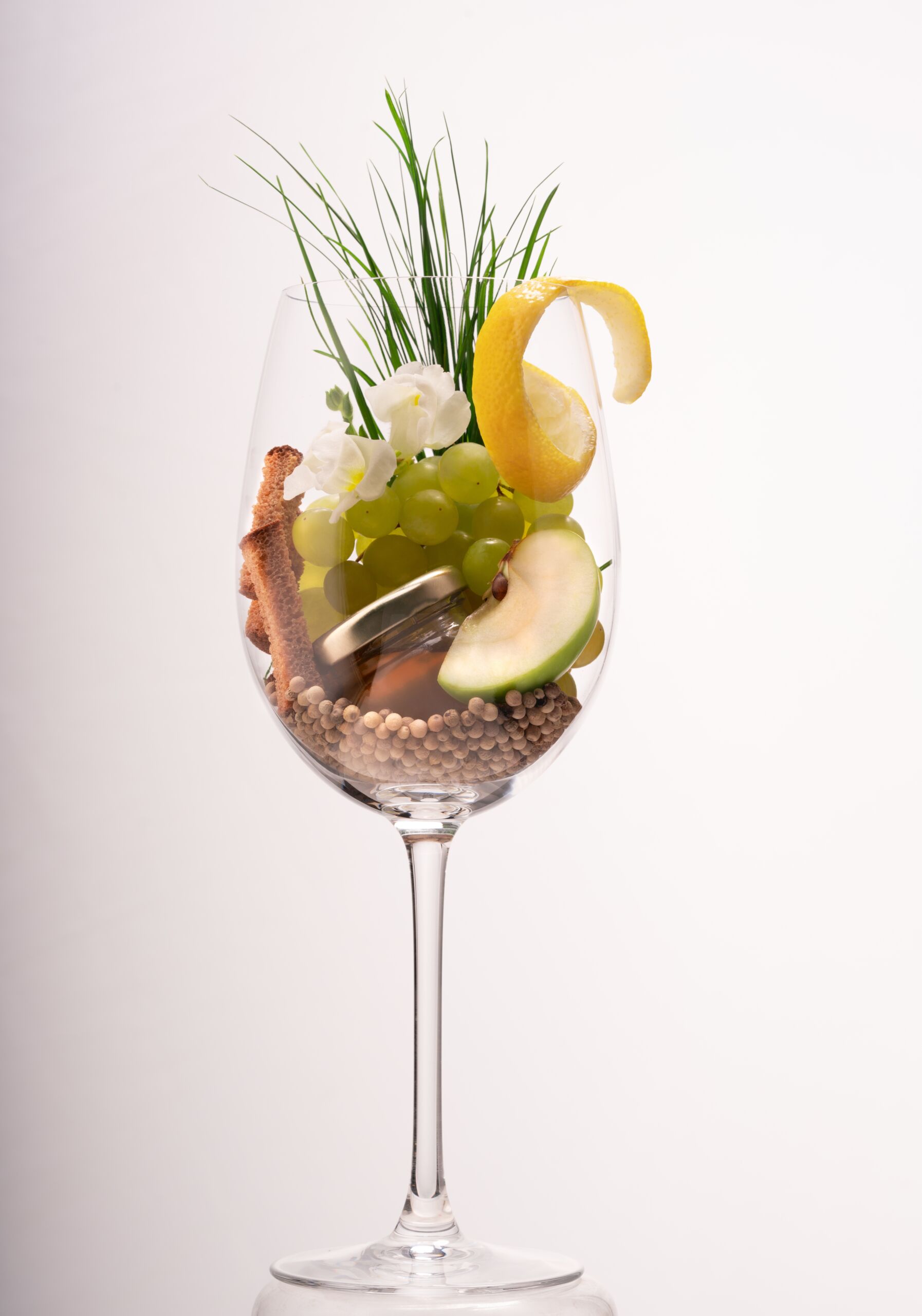Natural Wines: The Marmite of the Wine World?
In previous blogs, I’ve written about organic and bio-dynamic wine. There’s another category that has made its way into the wine lexicon – ‘natural’ – and so this blog will, hopefully, shed some light on what ‘natural’ wine means.
The first thing to say is that, unlike organic and bio-dynamic wine, there is no official or regulated definition of natural wine.
We do have two useful descriptions, though. The first is from the latest edition of The Oxford Companion to Wine. It says that:
· Grapes are typically grown by small-scale, independent producers.
· Grapes are hand-picked from sustainable, organic, or biodynamic vineyards.
· Wine is fermented with no added yeast (i.e. only native yeasts are used).
· No additives are included in fermentation (yeast nutrients, etc).
· Little or no sulphites are added.
The second comes from Decanter Magazine, who, after collating responses from five members of the industry, noted for their expertise in natural wines, suggests the following criteria:
· The vineyards farmed organically or biodynamically – certification was strongly preferred, but uncertified wines were accepted
· Hand-harvested only
· Fermentation with indigenous (wild) yeasts
· No enzymes or additives (such as acid, tannin, colouring) other than SO2
· SO2 levels no higher than 70mg/litre total
· Unfined, and no (or light) filtration
· No other heavy manipulation
As you can see, they agree on just about every aspect, so let’s look at a few of the points in more detail.
First, the way the grapes are grown is of paramount importance. In a nutshell, it appears that the vineyards must be managed and tended with regard to the underlying principles of sustainable, organic, or bio-dynamic viticulture, even if, in the case of the latter two, the enterprise has not been certified as such. (See my two previous blogs for more information on organic and bio-dynamic viticulture.)
Second, the grapes must be hand-harvested. There is no room for large-scale mechanised harvesting in the vineyard for the gathering of grapes for natural wine – either literally (because the vineyards are generally small-scale) or metaphorically (because of the overall philosophy of growing grapes naturally).
Third, fermentation occurs with indigenous yeasts. In mainstream winemaking, yeast is added to promote fermentation, but with natural wines, only those yeasts that occur spontaneously on the fruit and in the vineyard are used. A great deal of diversity can result. Recent studies have shown that all vineyards (and even individual vines), each grape variety, and even each vintage can have a unique microbial makeup. There is no conformity or consistency in natural wine.
Fourth is the lack of additives. Just as no additional yeast is added to natural wine, the use of other additives is decried too. Although there is a point about SO2 (sulphur dioxide) which is
worth dwelling on for a moment. Some natural winemakers will not add SO2, relying instead on naturally occurring sulphites to aid in the preservation of the wine. Others will add a minimal amount to stabilize the wine. The jury is still out on that one.
Other additives are strictly denounced, however, so you will not find any enhancements such as colouring or acid in natural wines.
It appears that one of the main keywords which can be used to describe natural wine is non- or minimal intervention.
So can we pinpoint any particular end-product characteristics of natural wine? Since there is no official definition of what constitutes a natural wine, you will find degrees of ‘naturalness’.
The best way I have found to describe the variation in natural wines is to liken it to Cheddar cheese. Within this broad category, you can find a range of types, from mild-tasting, (almost to the point of blandness) to strong, which, if you’re not used to it, can blow your socks off and put you off Cheddar for life. In between is a whole gamut of gradations.
The same can be said for natural wines – some are so subtly managed that they appear, and taste, very little different from ‘ordinary’ wines – I will call these ‘gentle’.
Others are so ‘off the scale’ as to be almost unrecognisable as wine – I will dub these ‘strong’.
Here are a few traits that you might find in natural wines.
First, certain natural wines, especially ‘strong’ ones, can be cloudy in appearance. This is because some are neither fined nor filtered. Therefore, any impurities and sediment in the wine are included in the bottle. Others, including ‘gentle’ wines, have undergone a little fining and filtering to remove unwanted impurities.
Second, the smell. As well as the usual fragrances that you would expect from a particular grape variety, you may also find other aromas that might come as a bit of a surprise, particularly in ‘strong’ natural wines – earthy or, sweaty, for example. With ‘strong’ natural wines, this aroma may be translated to the palate; however, in the case of ‘gentle’ wines, those aromas seem to dissipate on the palate. The smell is mainly due to the use of natural yeasts.
Third, the taste. There is no doubt that many natural wines taste different from main-stream wines. In ‘strong’ wines, you may detect an odd tang which some people describe as ‘sour’. With ‘gentle’ wines, the taste is often a little more robust, but not excessively so. The taste comes about because natural wine is often fermented over a longer period allowing the grape juice to fully ferment into wine.
Having spoken to several people who have tasted natural wines, it seems that ‘strong’ natural wine is not to everyone’s taste: it’s a bit like Marmite – you either love it or hate it.
If, however, you have not yet tried a natural wine, why not start with a ‘gentle’ one, like our Wine of the Month, Bodegas Piqueras Wild Fermented Verdejo, and see if you love it – or not!
https://www.thewine-shed.com/product/bodegas-piqueras-verdejo-sauvignon-blanc/
BY MAUREEN LITTLE






